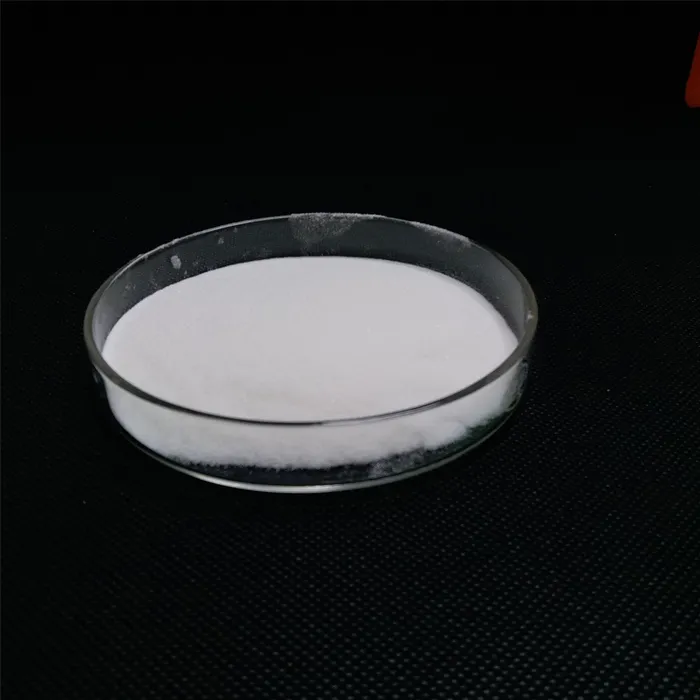Chemical Treatment of Water Ensuring Safe and Clean Water Supply
Water is an essential resource for all forms of life on Earth. The quality of water, however, is often compromised by pollutants and contaminants, necessitating effective treatment methods to ensure its safety for human consumption and environmental sustainability. Chemical treatment is one of the most commonly used methods for water purification, employing various chemicals to remove impurities and make water suitable for drinking, irrigation, and industrial applications.
The process of chemical treatment typically involves several key stages, including coagulation, flocculation, sedimentation, filtration, and disinfection. Each stage plays a crucial role in eliminating contaminants and improving water quality.
Coagulation and Flocculation
The first step in chemical water treatment is coagulation, which involves the addition of chemicals known as coagulants—often aluminum sulfate or ferric chloride—to the water. These chemicals neutralize the charges of suspended particles, allowing them to clump together into larger aggregates, or flocs. This aggregation is essential because individual particles can remain suspended in water and be difficult to remove.
Following coagulation, the process of flocculation takes place. During flocculation, gentle mixing is used to encourage the formation of larger flocs, which can then be removed from the water. The combination of coagulation and flocculation is vital for effectively reducing turbidity and removing suspended solids, including organic matter, clay, and other particulate pollutants.
Sedimentation and Filtration
Once flocs have formed, the next step is sedimentation, where the water is allowed to stand undisturbed, enabling the flocs to settle to the bottom of the treatment basin. Once the majority of the flocs have settled, the clear water on top can be removed for further treatment.
Filtration is the next stage, where the water passes through various filter media, such as sand, gravel, and activated carbon, to remove any remaining suspended particles and microorganisms. Filtration not only aids in the removal of larger particles but also significantly enhances the overall clarity and quality of water.
chemical treatment of water

Disinfection
After filtration, the final step in the chemical treatment process is disinfection. This stage is critical for ensuring that any pathogenic microorganisms that may remain in the water are eliminated. Common disinfectants include chlorine, chloramine, ozone, and ultraviolet (UV) light. Each of these methods has its advantages and limitations.
Chlorination is one of the most widely used disinfection methods due to its effectiveness in killing bacteria and viruses. However, chlorinated compounds can sometimes form harmful by-products. Ozonation, while effective in microbial inactivation, requires careful handling due to its reactive nature. UV disinfection offers a chemical-free alternative, effectively inactivating microorganisms without leaving harmful residues.
Challenges and Considerations
Despite the effectiveness of chemical treatment, there are several challenges and considerations associated with its use. The choice of chemicals, dosage, and treatment processes must be carefully managed to ensure that the benefits of treatment outweigh any potential risks. Over-treatment can lead to the introduction of new contaminants or harmful by-products, while under-treatment can leave pathogens in the water supply.
Additionally, regulatory standards and guidelines must be followed to maintain water safety. Water treatment facilities must stay current with research and technology to implement the most effective practices and address emerging contaminants, such as pharmaceuticals and microplastics.
Conclusion
Chemical treatment of water plays a crucial role in ensuring the safety and quality of drinking water. Through combined processes of coagulation, flocculation, sedimentation, filtration, and disinfection, it effectively removes harmful contaminants and pathogens. As global water quality concerns continue to grow due to urbanization, agriculture, and climate change, the importance of robust chemical treatment methods cannot be overstated. Ensuring access to clean, safe water is fundamental to public health and sustainability, highlighting the need for ongoing investment and innovation in water treatment technologies.

